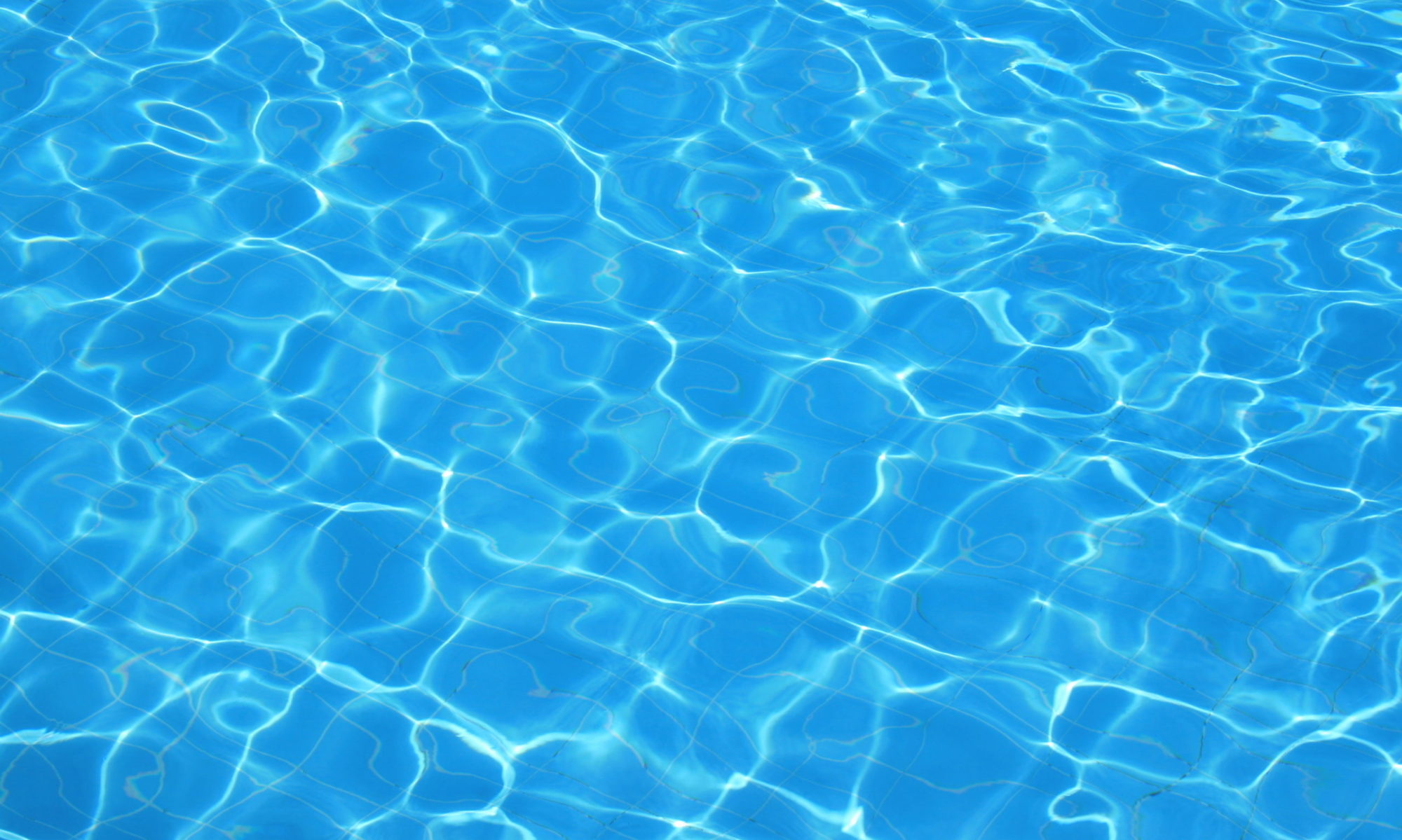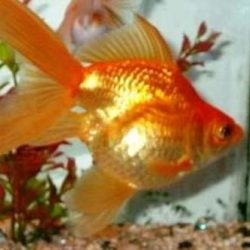Ornamental aquarium fish > West African lungfish > European perch – Perca fluviatilis.
The European perch (Perca fluviatilis) belongs to the Family Percidae (darters, perches) in the order Perciformes (Perch-like) and in class Actinopterygii (ray-finned fishes).
The European perch is a predatory fish and lives in brackish and freshwater waters. It is commonly known as European perch, redfin perch, Eurasian perch, Perche européenne (French), Zockkrätzer (German) and Обыкновенный окунь (Russian).
There are several synonyms of Perca fluviatilis Linnaeus, 1758, and some of them are, Perca vulgaris Schaeffer, 1761, Perca fluviatilis maculata Smitt, 1893, Perca vulgaris aurata Fitzinger, 1832 and Perca fluviatilis gracilis Pokrovsky, 1951.
The European perch is widely distributed in Europe (excluding the Iberian peninsula) and north and west Asia. It is a popular quarry for anglers and has been introduced into Australia, New Zealand, South Africa, Spain, Portugal, Italy, Cyprus, Morocco and China. Adverse ecological impact on the native fish populations has been reported. Being a hardy species, it is raised both in outdoor and indoor aquaria.
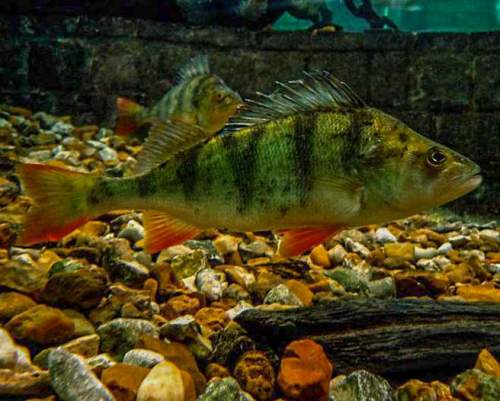
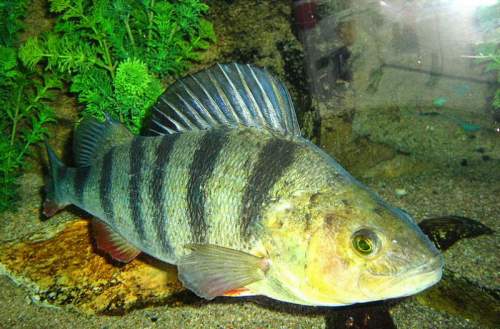
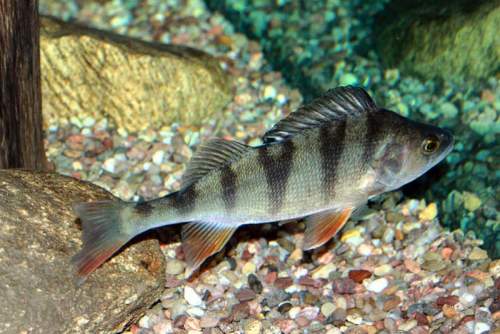
Appearance, physical description and identification
The body of the European perch is deep and laterally compressed. The body shape is fusiform (spindle-shaped). The mouth is in a terminal position on the snout. The scales are rough and ctenoid. The lateral line is uninterrupted and has 56 to 77 scales.
The eyes are large, adapted for murky waters. The operculum has a spine on its margin. There are two dorsal fins which are clearly separated. The first dorsal fin is higher than the second dorsal fin. The first dorsal fin has a total of 14 -20 spines.
The second dorsal fin has only soft rays. The caudal fin is emarginate. The common length of the perch is 25.0 cm and the maximum recorded total length (TL) is 60 cm. The maximum published weight is 4800 grams. These perch species may live up to 22 years in wild conditions.
Coloration
The body color is olive green to gray on the dorsal side and fades into greenish silvery sides. The belly is whitish. On the flank of the fish, there are 5 to 8 bold transverse black bands. The pelvic, anal and caudal fins are colored orange red.
The pectoral fins are pale yellow. The first dorsal fin is gray and there is a dark blotch on its posterior part. The second dorsal fin is greenish yellow.
Meristics and morphometrics of blue ring angelfish
Lateral line: uninterrupted;
Scales on lateral line: 56 – 77
Scale rows above lateral line: 7 – 10
Scale rows below lateral line 12 – 21
Total gill rakers: 14 – 20;
Total preanal vertebrae: 39 – 42
Dorsal fin: 2 (clearly separated); total dorsal spines: 14 -20; total dorsal soft rays: 13 – 16
Adipose fin: absent
Caudal fin: emarginate
Anal fin: 1; anal spines: 2; anal soft rays: 7 – 10
Pectoral fin: spines: nil; soft rays: 11 – 17
Pelvic fins: spines: 1; soft rays: 5 – 6
European perch habitat and ecosystem
The habitat of these perch species include, brackish water estuaries, lagoons, brackish seas, freshwater rivers, streams, lakes and ponds. It is an anadromous fish, migrating up streams and rivers for spawning.
The European perch is usually bottom living and its preferred depth range is from 3 – 4 meters. It prefers still or slow-flowing waters. The European perch is usually found in sheltered areas like dead wood, submerged trees, aquatic vegetation and rocks.
It is also caught from open areas. It does well in cooler waters and its preferred temperature range is around 15°C and is comfortable in the range 10°C – 22°C. The ideal pH range is 7.0 to 7.5. The preferred range of general hardness of water (dH) is 8 – 12.
Origin, geographical range and distribution
The European perch is a native fish of most of the countries in Europe, except for Iberian peninsula (Spain and Portugal) and Italy, where it has been introduced.
In west Asia it is native of Afghanistan, Iran, Turkey, Uzbekistan, Kazakhstan, Armenia, Azerbaijan and Georgia. The European perch has been introduced into Cyprus in this region. In the northern Asia, European perch is native fish of Russia and Mongolia. It has been introduced in China.
In Africa, it has been introduced into South Africa and Morocco. It was introduced into Australia in 1860s and later into New Zealand. New South Wales state has listed these fish as a Class 1 noxious species in December 2010 due to the devastating effects on the native fish populations.
European perch behavior and adaptations
These fish species are well adapted for their predatory life. Anything appearing as potential prey is attacked and taken into mouth. This nature makes them ideal fish for anglers.
In an aquarium, they will attack any smaller moving animal. So, they must be kept along with bigger fish in a community aquarium. After a year or two, you may have to upgrade to a bigger aquarium as they can grow to 12″ size and more.
The adults spend a solitary existence, while the larvae and young juveniles of perch tend to live in groups. These perch species have slower growth rate when compared with other perch species.
Growth is at its maximum after spring and during summer, when the temperatures go up to 23°C. At the end of autumn and during winter, the growth is minimal and in some cases the growth may cease.
Diet and feeding habits
The European perch is a predatory fish and its diet includes smaller fish, crustaceans, worms, molluscs, insect larvae and other macrofauna. The European perch feeds mostly during sunrise and sunset.
In larval and small juvenile stage they first feed on algae and zooplankton (rotifers, cladocerans and copepods). Cannibalism is an important characteristic of juveniles and fingerlings of the European perch.
In aquarium, European perch can be trained to feed on live worms and feeder fish like inexpensive guppies, mosquito fish, platies and goldfish. It may also feed on fish meat and clam meat. Smaller European perch can be trained to accept formulated flake and pellet feeds.
European perch reproduction and development
The male fish is slightly smaller than the female and it is difficult to differentiate the sexes. The European perch breed once in year when there is increase in temperature and photoperiod. However, to mature, perch need at least 160 days of cold conditions wherein the temperature is below 8°C.
These species spawn in shallow waters and release their eggs on substrates like plants and dead wood. The eggs are held together by a long ribbon-like gelatinous matter.
The European perch fecundity under natural conditions varies widely between 15,000 to 300,000 eggs. The development of perch eggs and their hatching depends upon the water temperature. At temperature around 15°C, the eggs may hatch in about seven days.
The hatchlings feed on phyto and zooplankton. Breeding in captivity is a large thriving industry with modern inputs like, controlling light duration and intensity for maturation, induced breeding, egg incubation and hatcheries and mesocosm culture systems.
Conservation status and concerns
IUCN Red List status has evaluated and listed these European perch species as of ‘Least Concern’ (LC). These fish are not considered endangered and there is no restriction on catching, collecting and breeding them for human use including aquarium trade in their native countries.
There are restrictions prohibiting European perch release in non-native countries. CITES status is ‘Not Evaluated’. European perch is considered as potential pest in non-native areas and otherwise it is considered “Harmless” to humans.
References:
1.https://www.fishbase.org/summary/Perca-fluviatilis.html
2.https://www.bim.ie/media/bim/content/publications/corporate-other-publications/thumbnails/bimno_24_Farming_of_Eurasian_Perch_Volume_1_Juvenile_production.pdf
1.Image source: https://en.wikipedia.org/wiki/File:Perca_fluviatilis2.jpg
Image author: Citron | License: CC BY-SA 3.0
2.Image source: https://commons.wikimedia.org/wiki/File:PercheCommune.jpg
Image author: Dgp.martin | License: CC BY 3.0
3.Image source: https://commons.wikimedia.org/wiki/File:Perca_fluviatilis_Prague_Vltava_2.jpg
Image author: Karelj | License: public domain
Current topic in Aquarium fish pictures: European perch – Perca fluviatilis.
